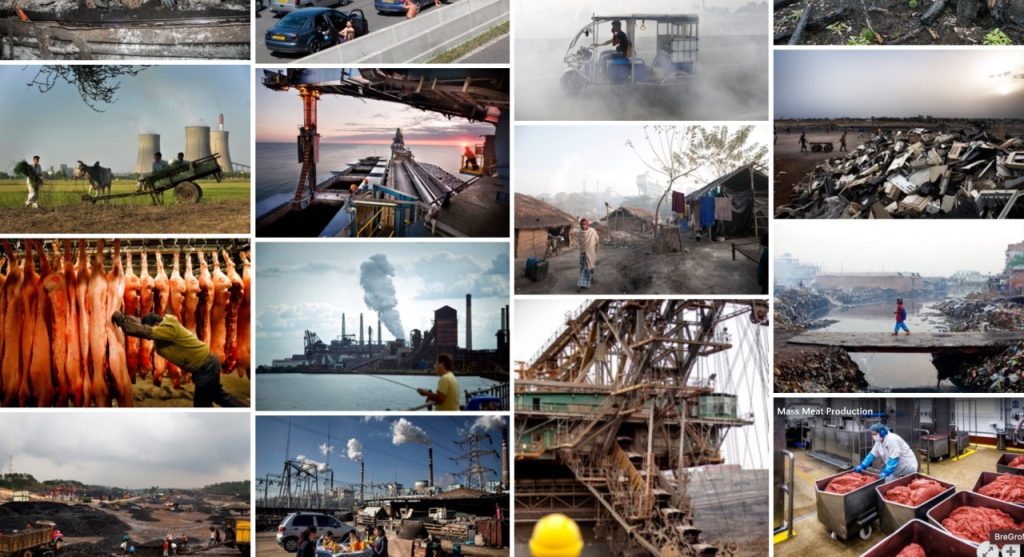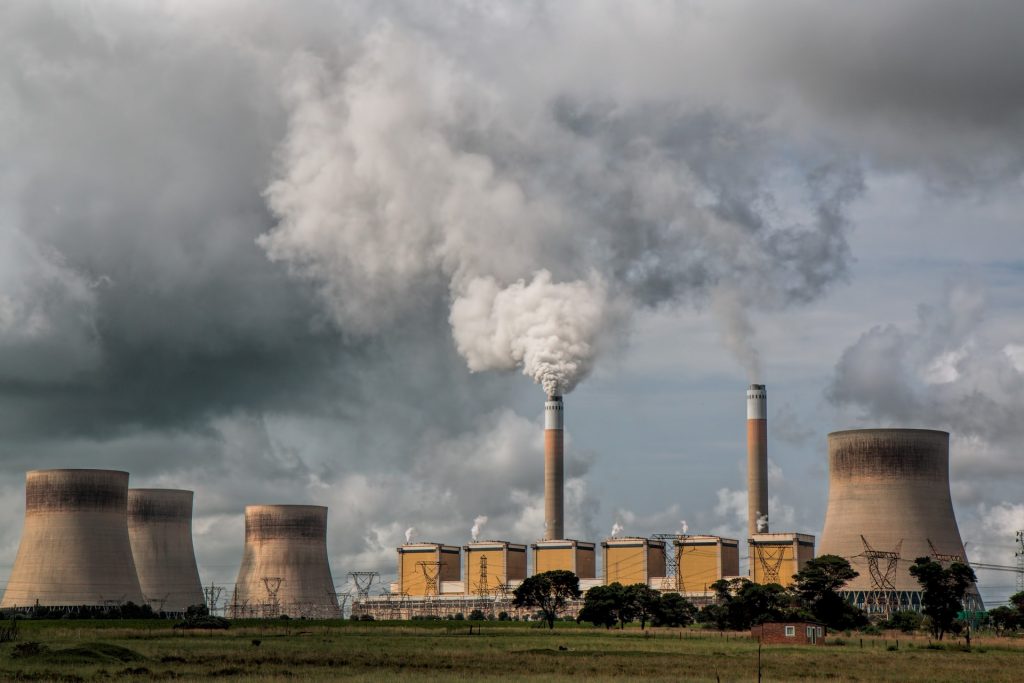Meaningful Visuals for Climate Change: The Role of Images in Sustainability Communication

This week’s RESPONSUS (Responsibility, Language and Communication) blog deals with the crucial aspects of non-verbal communication for shaping sustainability, i.e. communication that uses other expressive forms than language. We do this by looking at images used in the context of #SDG13, Climate Action, that calls us to take urgent action to combat #climatechange and its impacts.
That language itself plays an important role in influencing people’s perceptions and opinions of climate change and other sustainability issues has become very clear in previous blog posts. But what about the images of lonesome polar bears on thin ice or those of the melting world which often accompany news articles, posters, or social media posts calling for action? Do they influence our attitudes and behaviors as well? Not surprisingly, there is a whole repository of climate visuals that are meant to be ’emotionally impactful’.
Screenshot from climatevisuals.org showing images that visualize climate change (Source: https://climatevisuals.org/groupitem/95/)
According to many news sources, images clearly achieve the aim of getting people’s attention. They simply work as eyecatchers and add a small positive or negative evaluation to the news report. This way, they are usually seen as illustrative additions to the original message, often not serving a particular function themselves. This might be in line with how people generally evaluate the almost stereotypical images used in climate change contexts: Although they are well understood and easily recognizable, they are also seen as ‘cliché’, sometimes even attracting cynicism.
Further research on climate change images, however, has shown that there is more to these images than simple illustration: It is for example now very well accepted that these images make the effects of climate change less abstract and more explicit, because they are overall meaningful visualisations of what is happening in our world. Especially in combination with the right choice of words and arguments, they can therefore indeed shape public perceptions: Images that depict a dramatic outcome of climate change, i.e. those of dried up lakes or flooded cities, are generally seen as making climate change more important. Other works have demonstrated that specific images can promote feelings of being able to really change something.
But: it also matters which images are shown! Those images that depict concrete solutions for climate change (e.g. images of solar panels or car-free cities) are generally rated as having a positive effect. At the same time, these images are seen as not being very motivating to initiate clear behavioral changes. On the other hand, images that depict causes and reasons for climate change (e.g. images of industrial smokestacks, see below) are evaluated as having negative effect, but are stronger in motivating people to make changes. Choosing the right image for your message is thus a crucial task!


Even more so, it really matters how you combine these images with text: The expressive forms influence each other and provide the meaningful message in combination. Images can be additions and expansions of what is said in the text, making mental constructs more concrete. At the same time, texts can elaborate on what is shown in the image by labelling certain objects, characters, or actions. Imagine a poster showing the photo of the solar panels (see above) with huge red letters saying: “This is too expensive!” The generally positive effect that was attested for such a photo is surely limited by the added text.
In one of our last posts, we already heard about the concept of framing which means the setting of an issue in a specific context to achieve a desired interpretation or perspective. The same can happen when using specific climate change images in particular combinations with text. Analyses have shown that there are four dominant #multimodal, i.e. image-text, frames of climate change in news reports, among them the sustainable energy frame. Within this particular frame, politicians and ordinary citizens are shown equally, but conventional industries are more dominantly depicted than green energy plants. Even though language plays an important role in identifying this frame, the role of the images in generating a recognizable frame is thus even more crucial and influences the overall interpretation considerably.
#languageawareness #multimodality #sustainability
If you would like to hear more about this topic, why not join us on 16 May, in Groningen, for our unconventional launch event? More information and. registration here: RESPONSUS launch event.

